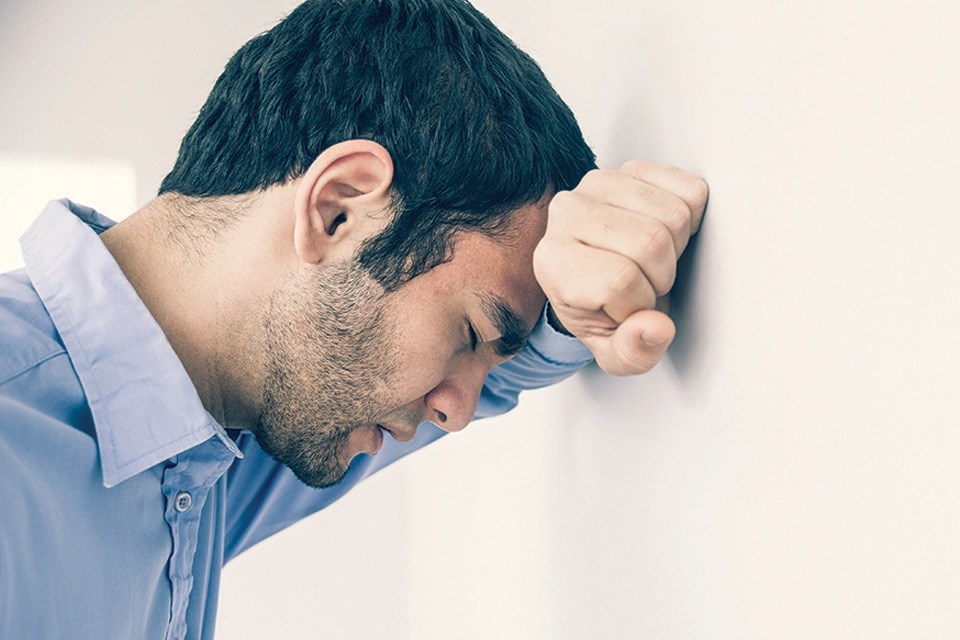The COVID-19 pandemic has had a profound impact on mental health worldwide, causing a significant surge in anxiety rates. The uncertainty, fear of infection, financial instability, and prolonged periods of isolation led to increased stress and anxiety for millions of people. During the height of the pandemic, many individuals faced uncertainty about their health, job security, and loved ones, contributing to heightened anxiety levels.

The Ongoing Effects on Mental Health
Even as the pandemic subsided and life gradually returned to normal, the impact on mental health has continued to persist. Many people who experienced anxiety during the pandemic continue to struggle with symptoms, and some have developed long-term anxiety disorders. The pandemic served as a trigger for anxiety in those predisposed to mental health issues, and the effects are still being felt today.
The shift to remote work, while beneficial for some, has also contributed to increased feelings of isolation and burnout for others. Many individuals continue to face uncertainty regarding their job security and financial stability, which adds to their anxiety. Additionally, the fear of new COVID-19 variants and the potential for future outbreaks keeps anxiety levels elevated in many parts of the world.
Vulnerable Populations and Increased Anxiety
Certain populations have been disproportionately affected by the increase in anxiety rates. Frontline workers, who faced the risk of infection daily, continue to experience elevated anxiety levels even after the worst of the pandemic. Parents, who had to balance work, childcare, and homeschooling during lockdowns, also faced increased stress and anxiety. Young adults and teenagers, who experienced disruptions to their education and social lives, have reported higher rates of anxiety compared to pre-pandemic levels.
The anxiety statistics from the pandemic reveal a sharp increase in the number of people experiencing anxiety disorders. According to the World Health Organization (WHO), the global prevalence of anxiety and depression increased by 25% in the first year of the pandemic. Health care workers, individuals with pre-existing health conditions, and those who lost their jobs were among the groups most affected by this surge in anxiety. The sudden disruption of daily routines, lack of social interaction, and constant exposure to distressing news further exacerbated anxiety symptoms for many.
The pandemic also highlighted and exacerbated existing inequalities in mental health care access. Vulnerable populations, such as those from low-income backgrounds or marginalized communities, were less likely to receive the support they needed, resulting in higher rates of untreated anxiety.
Addressing the Mental Health Crisis
Addressing the rise in anxiety rates requires a multi-faceted approach that includes increasing access to mental health services, reducing stigma, and promoting mental well-being. Teletherapy became a valuable resource during the pandemic, allowing people to access therapy from the comfort of their homes. This shift to online mental health support has made therapy more accessible to many individuals, and it is a trend that continues to grow.

Governments and organizations are also recognizing the importance of mental health and are implementing initiatives to provide support to those affected by anxiety. Employers are increasingly focusing on employee well-being, offering mental health resources, flexible work arrangements, and wellness programs to support their staff. Raising awareness about anxiety and providing education on coping strategies can also help individuals better manage their mental health.
The COVID-19 pandemic has left a lasting impact on mental health, with anxiety rates remaining elevated even as the world adapts to a new normal. By understanding the factors that have contributed to the surge in anxiety and taking proactive steps to address these challenges, we can work towards a healthier future for all.
Chung Fang is a writer and avid casino enthusiast with a passion for all things gaming-related. With years of experience in the industry, Chung brings a wealth of knowledge and insight to the table, making him a valuable asset to the DarkFader.net team.
